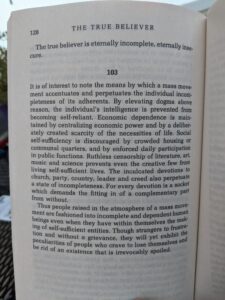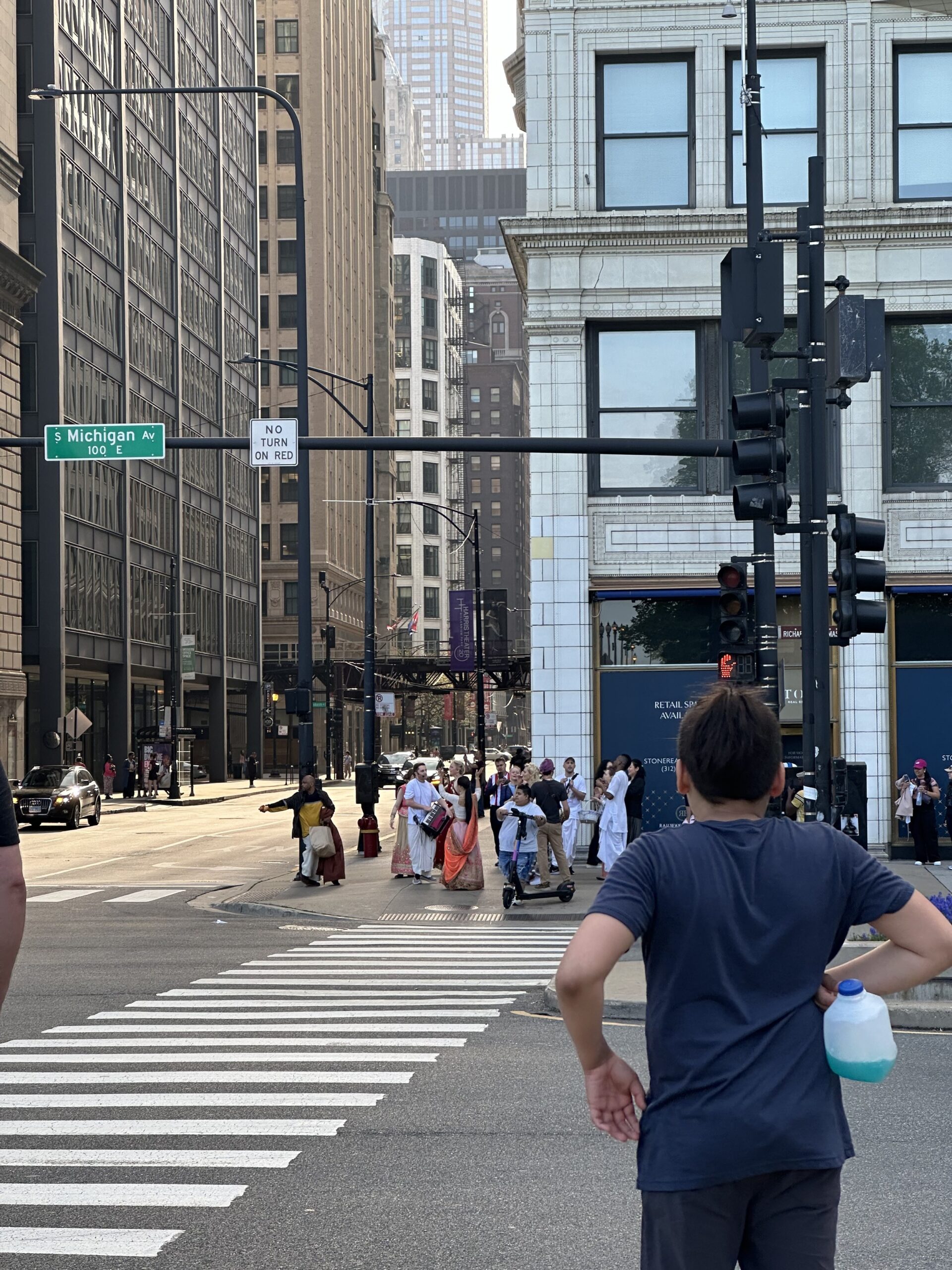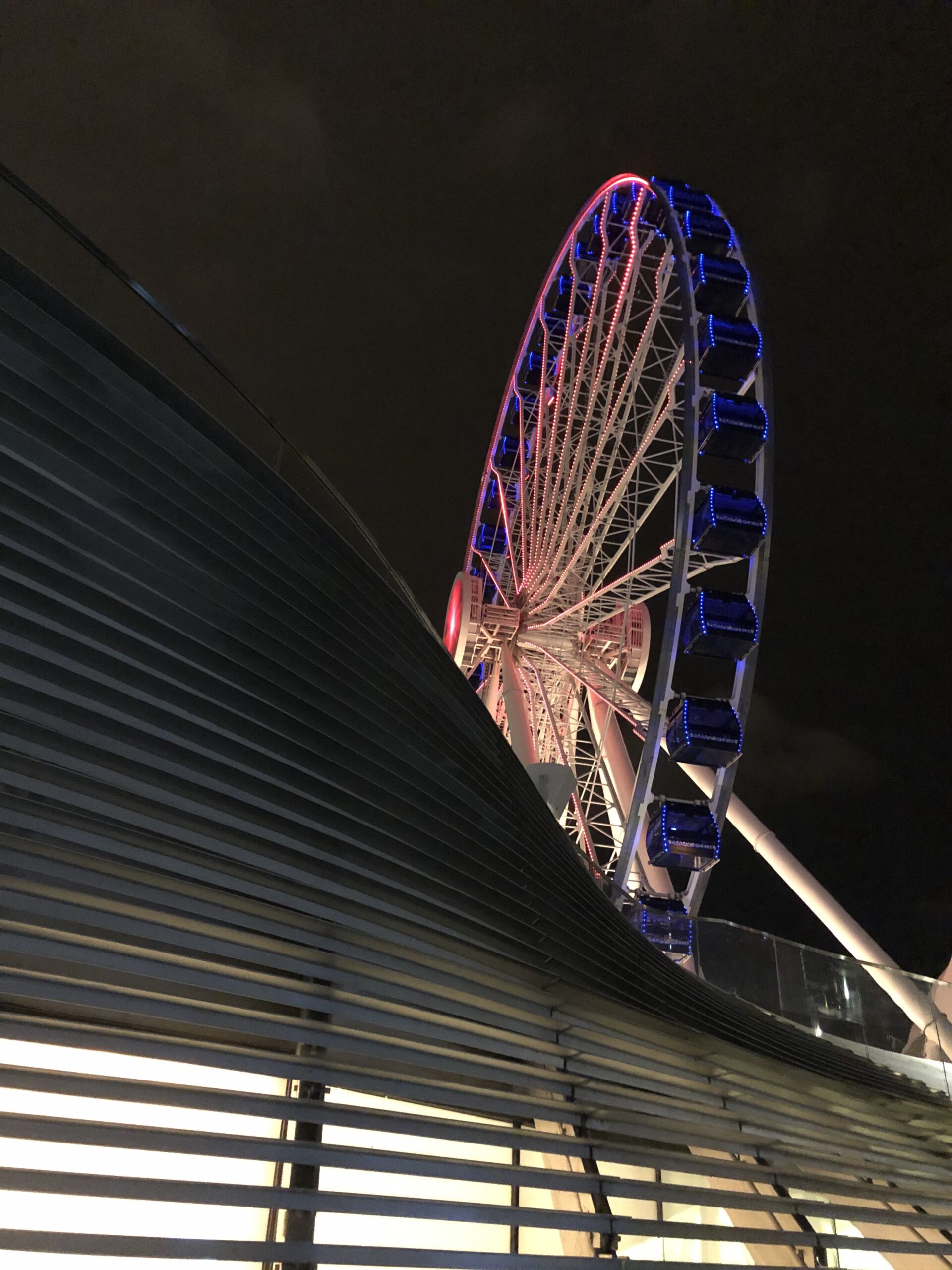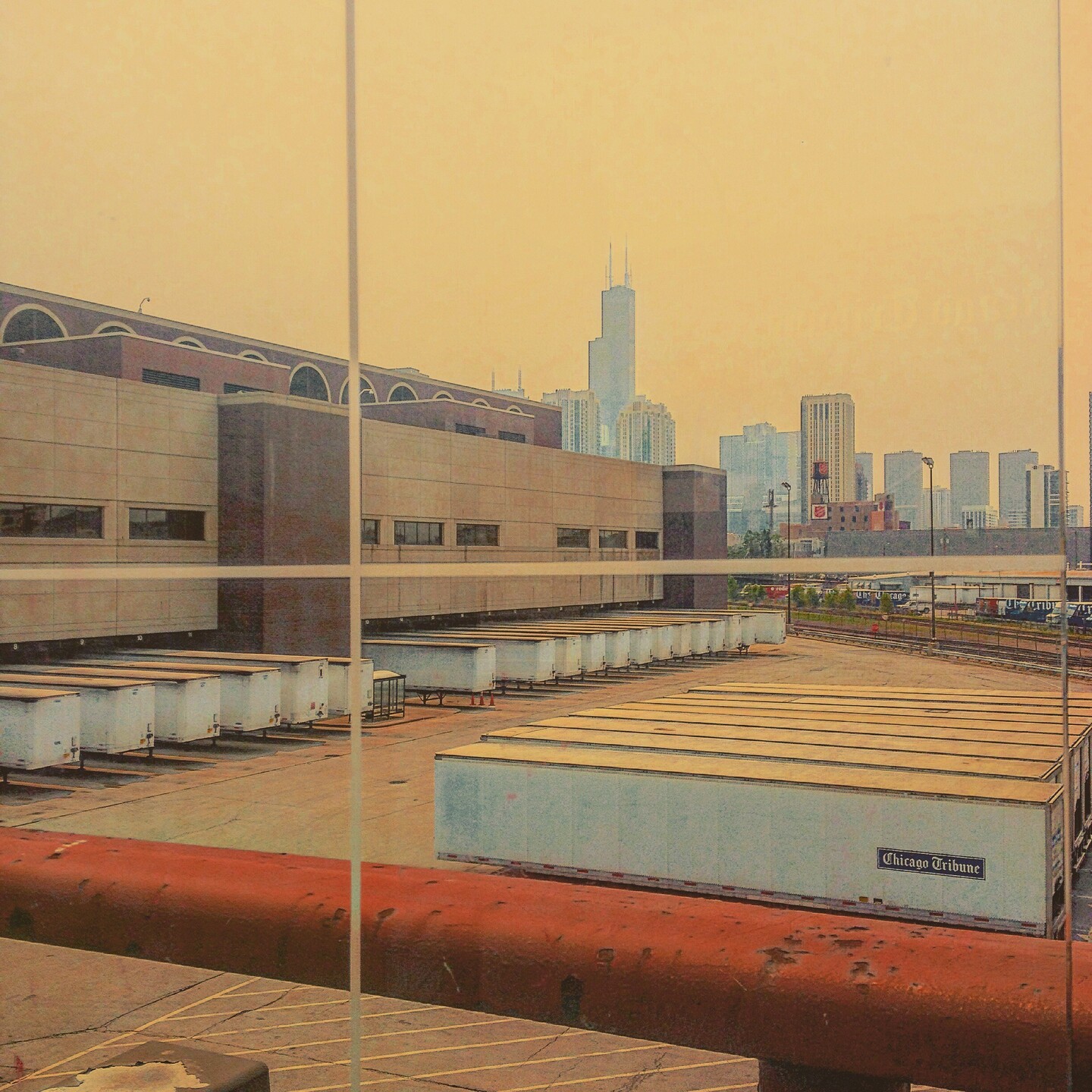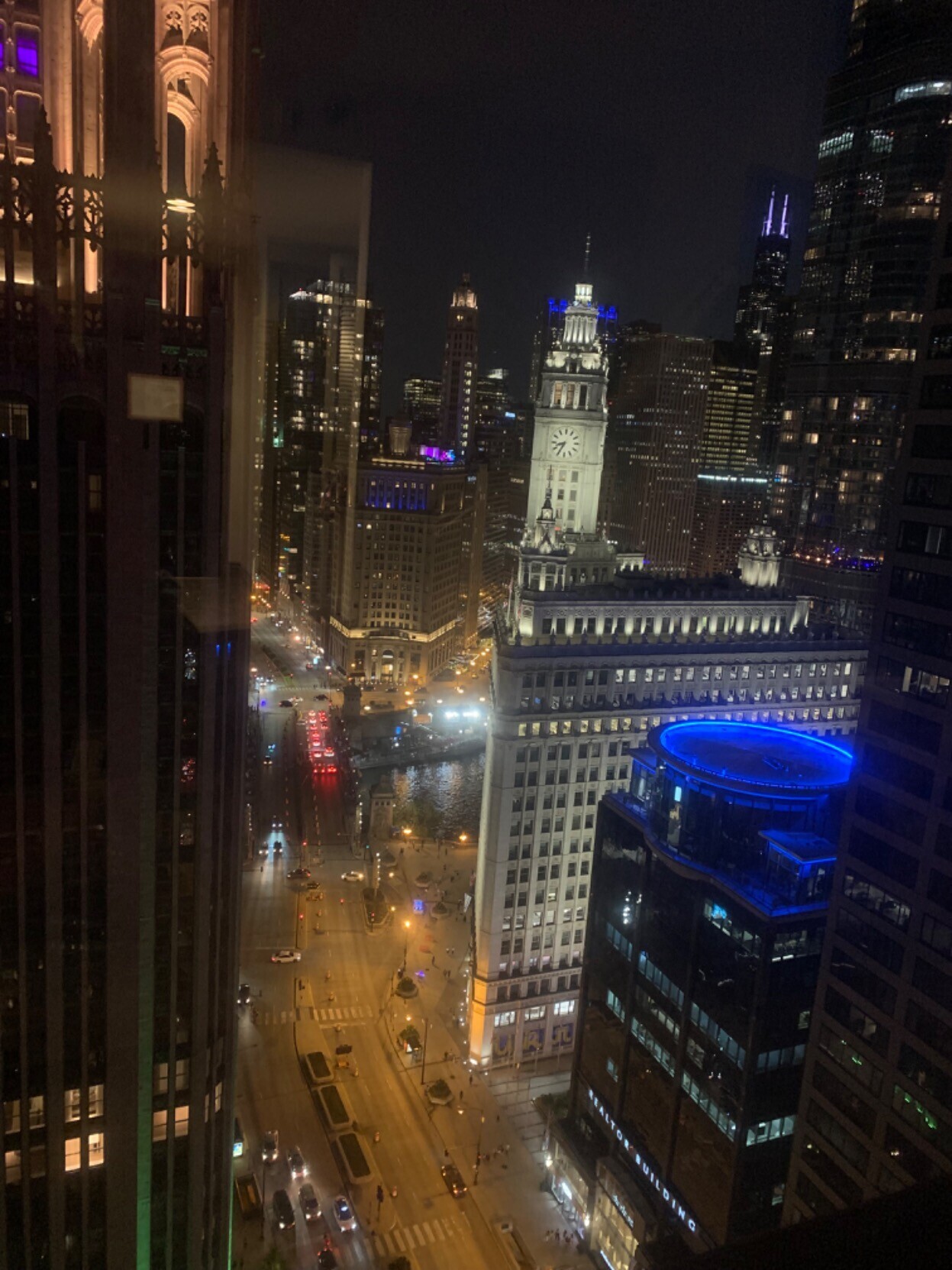So we are on a recent Sunday call and Bob says that he had just completed a 72-hour fast. While this made perfect sense to me, others were curious, some were downright skeptical. Bob listed off several benefits – apart from the obvious which is that your not taking in any calories and therefore burning fat – including resetting your body’s insulin levels (eliminating your insulin resistance,) achieving mental clarity, reducing inflammation and probably another benefit or two before I interrupted with a weird word that I actually couldn’t even remember. Autophagy. More about that later. Anyways, the whole thing got me thinking 72 hours, three days. Three. Days. Why was that significant?
Hang on. Abrupt turn ahead.
It’s probably 2017 or 2018 and I had taken Clara to the dentist. Now for reasons that are not exactly clear, we agreed on nothing politically, the dentist and I got along really well. He practiced what he liked to call “evolutionary dentistry.” He had photographs of monkey skulls comparing those raised in captivity with those raised in the wild. The differences were startling. He posited that our modern diet of soft food and not eating meat “off the bone” has left us all with a bunch of flat featureless faces which is why we have to do things like remove wisdom teeth and why so many of us have sleep apnea and other breathing disorders. This totally made sense to me.
I mentioned to him you didn’t have to go very far back in time to find that cavities were actually uncommon in humans. And that it wasn’t until sugar became available we really began to see tooth decay in the population. We talked about how historically, before antibiotics, people died for the silliest of reasons. Slip in the mud, scratch your leg on a tree stump, it gets infected… Horse bites your finger, it gets infected… You badly burn your finger on a hot stove… You get the idea. However, if you look at the remains of people from all over the globe who managed to avoid those things and lived to be 70 or 80 years old there’s something quite startling in that – they died with all their teeth! This is the kind of stuff we would talk about.
Now I have to mention that this is a pediatric dentist who runs his operation out of what is literally a single-family house in Lincoln Park. In the front of the house, what used to be the living room, is where he has a couple of chairs set up to do orthodontics. In what was probably the dining room he’s got his x-ray machine. And in the back there’s a tiny waiting area with about six kids size chairs and one small adult desk where his receptionist answers the phone and takes the money. It’s all very cozy.
So this one time we are in there and a couple of kids are sitting in the waiting area. I didn’t feel like monstering over them, so I go stand over by the receptionist and see how her day is going. I’m inspecting the tchotchkes he has on a couple shelves and eyeball this book on breathing. As I leafed through the first several pages, the actual subject matter was an afterthought. Instead I was trying to figure out how this particular book ended up in this particular dentist’s office. This wasn’t a kids book. This was a serious book, for adults, backed by science, about nothing but breathing. What was it doing in a pediatric dentist’s office?
At the time I was nearly 50 years old. I spent most of my childhood as a competitive swimmer and water polo player. I was still swimming over two miles at a crack three days a week and I had trained for and completed four marathons. I was pretty certain I understood the concept of breathing. Just then, as I stood there flummoxed, Clara popped out of the front room.
I couldn’t let it go. So I march past the receptionist and the x-ray machine into the front room where I hold up the book and announce, “Hey, Doctor Kev, I’m going to borrow this book from you. I’ll bring it back next week.” Without removing his hands from the mouth of some 12-year-old, Doctor Kev squints at me over his dentist magnifying eyeglasses and says, “Ha! You’re gonna love that. Yes, take it and let’s be sure to talk next week. I want to know what you think about it.”
The book was (and still is) The Oxygen Advantage by Patrick McKeown. And I can tell you without any exaggeration that the exercises in that book are what allowed me to survive my accident, but that’s not where I’m going here. We’re on a tangent not about breathing, but about fasting for three days. Give me a second. I’m nearly there.
Suffice to say, the book is outstanding. Allow me to sum it up for you in 14 words: odds are you think you know how to breathe; and odds are you don’t. We’ll get into some details later; all you need to know right now is that I fell down the rabbit hole and immediately read not only The Oxygen Advantage but several other books on breathing and meditation. And it was in one of those books that I read – 6 or 7 years ago – where I first heard about the Tarahumara people of Mexico.
The Tarahumara were great runners. Even the elders would run 50+ miles a day. This was not for sport, and the Tarahumara were not nomadic (although some groups did an annual migration.) Instead, the Tarahumara were known to engage in the practice of persistence hunting. That is, they would hunt deer, turkey, and other animals by running them into exhaustion. A hunt could go on for 2-3 days and cover over 200 miles.
Think about that for a second. Getting together with 4 or 5 of your buddies and taking off on foot for three days and two nights without rest and roughly covering the distance between Washington DC and New York City just so you can have something to eat.
We often lose sight of this in our modern world, but in the end that’s what we are… apex predators.
This wasn’t a choice; none of our ancestors chose this for us. Instead, nature simply commanded it.
Standing chitchat, Sundays at 3:30 Central.
No login or special software required.
Here’s the link: https://jb.jb03.com/call/e35vvpp9.
All are welcome.
Consider two similar animals. Assume they are about the same size and shape and have nearly identical features and physical abilities. In fact the only difference between the two is one of biochemistry whereby after not eating for three days the first animal became tired and weak. Its eyesight worsened and its metabolism slowed. Due to this lack of energy brain function suffered and the animal generally became lethargic.
Contrast that with a second animal which although physically similar, possesses a very different metabolic process such that after not eating for several days the body prepares itself for the hunt. First off, through a process called autophagy the body searches itself for unhealthy, unnatural (a.k.a. cancer) and dead cells. It tears them apart turning the unusable parts into energy and using the healthy parts to create new cells. Mitochondrial function, and thereby metabolism, increases giving the animal more energy than it had a few days prior. Because the animal is now burning energy from stored fat, instead of recently consumed carbohydrates, its brain functions on ketones instead of traditional ATP. For reasons that are not understood even today, by using ketones for energy brain function improves as do all the senses. As a result of not eating for a few days the animal finds itself lighter, with more energy, better vision and hearing, and greater thinking ability. And if that’s not enough, the body prepares itself for a fight by resetting the immune system. Millions of helper T-cells are created and the body produces billions of white blood cells and tens-of-billions of antibodies.
After not eating for a few days the body of the second animal is quite literally preparing itself for war by regenerating itself.
Now over the course of tens-of-thousands of years which animal does evolution favor?
In case you haven’t realized it yet, you are the second animal.
Over 100,000 years of evolution have made us perfect beings for doing the following things: hunt, eat, rest, repeat.
Kinda wild huh?
I’m sure some of you are skeptical. If you doubt me feel free to do your own research. Here’s a few links to get started:
Grain Brain
Autophagy
Metabolical
Anyways, if you’ve never tried fasting I highly recommend it. If you have any questions about it feel free to ask. I recently read about a doctor in California who medically supervises fasts lasting up to 45 or so days. There are about 3600-4000 usable calories in every pound of fat on your body. So for every pound of fat you have you can probably go two days without eating. I’ll let each of you do your own math.
So what do I eat?
Well if I really had my way, I would eat a 16 ounce ribeye and half a pound of asparagus six days a week. However, as a result of my condition I have a weak bowel so I need to consume more fiber than the average bear. What Suzie has been doing for me lately is three cups of rice, three or four eggs, about a 12 ounce ribeye (sliced), and maybe 1/2 pound of broccoli all go into the rice cooker. Squeeze a lime and a little Sriracha and it’s a one pot meal in 20 minutes. I generally get two days of eating out of the pot. Gourmet? Enough for me. I usually try to follow it up with some sort of fresh fruit. Although, yes, fruit is high in carbs, this is fine as long as you eat it all together. All the fiber slows the insulin response. Not eating again for 24 hours (or longer) allows your body to reset to its natural insulin level. And no, very rarely do I get hungry.
Okay look, I could talk about this all day but it’s time to move on. Just remember, only eat six times a week, and twice a year (at least twice a year) fast for three days. You got this!
Now here’s the weird thing, while you can actually go several days without eating you can’t go several minutes without breathing. Yet the truth of the matter is most of us probably do too much breathing (along with too much eating.)
Most people don’t know this, but the urge to breathe is not caused by the lack of oxygen but instead the buildup of carbon dioxide in the blood. The chemistry is complex and frankly above my pay grade, but if you want to learn more you can start here at the website for The Oxygen Advantage. The author does a better job explaining it than I ever could.
But stay with me here. The point I’m trying to get across is that eating and breathing are related to each other and highly responsible for your general health. As I mentioned above, reducing my sensitivity to CO2 by doing breathing exercises is one of the (very few) only reasons why I’m still alive today.
Who remembers high school biology? So our bodies are controlled by the autonomic nervous system which has two parts, the sympathetic nervous system and the parasympathetic nervous system. The sympathetic nervous system is the stress inducer. It’s responsible for creating the “fight or flight” response. It triggers higher blood pressure, a faster heart rate, and releases all the stress hormones that the health magazines talk about. One of the side effects of all of the hormones released is inflammation which is a risk factor in 75-90% of human diseases.
Now the parasympathetic nervous system is the relaxation inducer. And it causes what’s referred to as – get ready for it – a “rest and digest” response. Wait, what? Seriously. When activated, the parasympathetic nervous system tells your body that everything is okay, there’s nothing to worry about, and you just need to find a place to relax and let your body be for a little bit so it can take care of itself and repair any damage caused by any previous stress. The hunt is over and now it’s time to rest and digest.
Hunt, eat, rest, repeat.
Okay, I get it, but what does it have to do with breathing?
Well it turns out that by breathing slowly, particularly exhaling slowly, it triggers the Vagus nerve in our brain in such a way that activates the parasympathetic nervous system. So how do we get to the point where we can breathe very slowly? Well, we need to reduce our CO2 sensitivity which is causing our feeling of breathlessness. And how do we reduce our sensitivity to CO2? By doing breathing exercises of course.
So… You know where this is going right?
After I returned my borrowed copy of The Oxygen Advantage to the dentist, I immediately bought a copy and gave it to my dad. Now here’s a guy in his 80’s who’s visiting his doctor and raises the issue of these breathing exercises.
The doctor responds with something like, “Oh yes, we’ve known about that for some time.
You should do those exercises. They’re good for you.”
To which my dad asks how come doctors aren’t telling people to do these exercises all the time.
Now the medical professional responds with something like, “We could tell people but they would never do them.”
That’s what were dealing with here.
So what are these exercises? Think of panting – do the opposite.
What you want to do is breathe low, slow, and deep. Low, as in do not breathe from your chest but from your diaphragm. Slow, as in… well slow. Ideally you should be breathing 5 or 6 times per minute. Think of it as breathing in for five seconds, and then breathing out for five seconds. That would be a 10 second cycle which would be six respirations per minute. Breathing as deeply – but slowly – as you can, from your diaphragm without moving your chest, in the time allotted.
That’s it.
Now in one of the books I read on meditation, the author talked about a yogi in India who could meditate for an hour breathing only once a minute. I thought that was pretty impressive so I set out to see if it was possible. I practiced what’s sometimes referred to as “square breathing”. It’s where you breathe in for a fixed amount of time, hold for that amount of time, exhale for the same amount of time, and then rest for the same amount of time. Whereas 60 seconds is a minute, to breathe once a minute one would need to inhale, hold, exhale, and rest each for 15 seconds.
It took a lot of practice. I think when I started the best I could do was around three respirations a minute or five seconds per each stage (inhale, hold, exhale, rest.) But after a couple weeks I got better. It took a while, but I was slowly able to increase the length of each side of the square from five seconds to 10 seconds, to 12 seconds, to 13 seconds. Eventually I made it, however even then I was only able to breathe at that pace for a minute or two. Practice continued. My recollection is a little fuzzy, but I believe just prior to my accident I was able to breathe once a minute – using this square breathing technique – for about 15 minutes. I was no yogi, but not too bad for a fat kid from Chicago.
If you’re not already subscribed, and wish to receive updates, please enter your email below.
[newsletter_form type=”minimal” lists=”1″]
You remember we talked about the Tarahumara people of Mexico? Well here is another fun fact about these impressive runners, they covered incredible distances breathing exclusively through their nose.
Seriously.
Here’s another super simple exercise/practice to reduce CO2 sensitivity, increase blood oxygen pickup & breathing efficiency, reduce inflammation, and improve overall health. Breathe exclusively through your nose. Even when exercising. (Because I run like a cow) I would ride the stationary bike, breathe through my nose, and if I experienced air-hunger I would simply slow down a little. Then I would speed up again once I felt comfortable. Repeat that for 20 minutes. (More details available at the website.)
So where am I today? Well, after inhaling some seaweed and a few fish, and after spending several months on a ventilator, make no mistake I am waaay better off now than I was post accident. But I have not yet gotten back to my pre-accident abilities. I am nowhere near breathing once-a-minute for any period of time. I would say I’m about where I was when I was standing in that dentist’s office 6-7 years ago. I can breathe on a 20 second cycle (three respirations/min) probably indefinitely.
Much like with eating, there is a lot more to talk about here. We could talk about meditation, Tibetan chanting, Wim Hof, hypnosis, chakras, breath work with yoga, and on and on. But this is gone on long enough.
I got a lot of feedback on my comment about intermittent fasting and wanted to follow-up with something a little bit longer.
Good health is in everyone’s interests.
Remember: you are a highly evolved super predator. Hunt, eat, rest, repeat.
PS – for those that don’t know my father is in his mid-80’s. Despite dealing with heart disease and cancer he is in incredible health. He walks a couple of miles a few times a week and drives himself out to my house all the time. The guy is currently planning a trip for three weeks in the Middle East. I ain’t ly’n when I say he is doing well.
A few weeks ago we were talking about these breathing exercises and I watched him hold his breath for nearly 90 seconds without any pre-hyperventilation. How about them apples? Eating and breathing my friends. Eating and breathing.
Super big thank you to everyone who has texted, emailed, commented, called, visited, and prayed.
Know that you are appreciated and I think of you daily.
Because of you guys my heart is filled with love and gratitude.
As always, please feel free to share.
Remember: you are a highly evolved super predator. Hunt, eat, rest, repeat.



